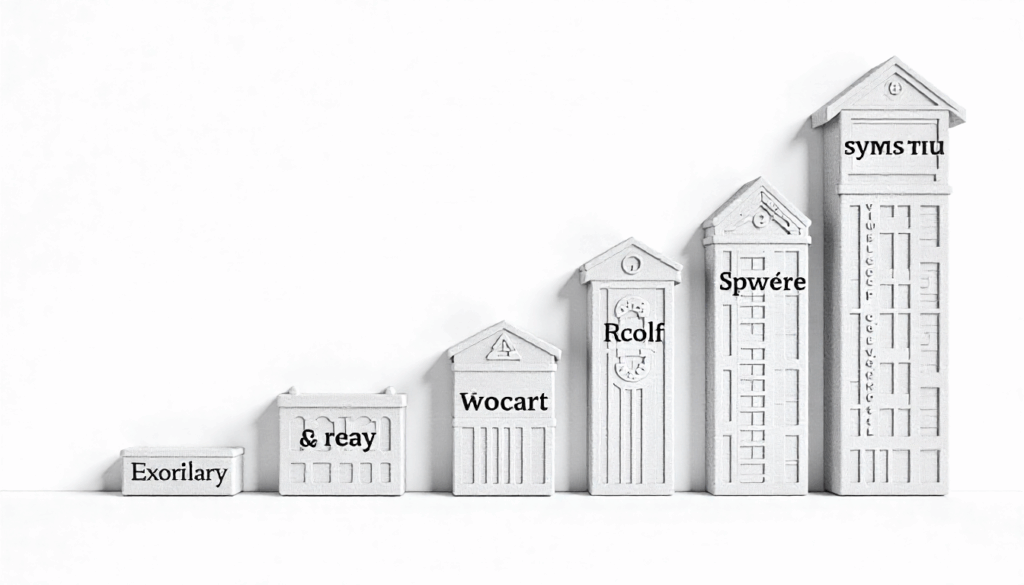
Crypto Treasury Firms Could Become Blockchain Powerhouses, Analyst Says – 28/9/2025
Crypto treasury firms that stockpile tokens may evolve from speculative investment vehicles into long-term economic engines for blockchain ecosystems, says Ryan Watkins, co-founder of Syncracy Capital.
Digital asset treasury (DAT) firms are publicly traded companies that raise capital to acquire and manage crypto on their balance sheets. In a Sept. 23 blog post and X thread, Watkins highlighted that DATs already hold roughly $105 billion in assets across Bitcoin, Ether, and other major tokens—a scale often underestimated by the market.
Beyond Short-Term Speculation
Watkins argues that most attention has focused on short-term dynamics like premiums to net asset value and fundraising announcements, overlooking the potential for DATs to influence governance and operations within blockchain networks.
“We imagine select DATs becoming for-profit, publicly traded counterparts to crypto foundations, with mandates to deploy capital, run businesses, and participate in governance,” he wrote.
Some DATs already control meaningful portions of token supply, allowing their treasuries to function as policy and product levers. For instance, on Solana, providers staking more SOL can improve transaction efficiency and spread capture, while on Hyperliquid, staking HYPE can reduce fees or increase take rates without extra costs. Large, permanent asset pools help firms bootstrap and scale effectively.
Programmable Money and Active Balance Sheets
Unlike bitcoin-only strategies like MicroStrategy, tokens on smart contract platforms—ETH, SOL, HYPE—are programmable. DATs can stake for fees, supply liquidity, lend, participate in governance, or acquire ecosystem infrastructure such as validators, RPC nodes, or indexers, turning treasuries into productive, yield-generating balance sheets.
Watkins compares winning DATs to a hybrid of closed-end funds, REITs, and banks, with a compounding ethos similar to Berkshire Hathaway. Returns accrue in crypto per share rather than management fees, making these firms direct plays on their underlying networks. Flexible instruments like common equity, convertibles, and preferreds enable DATs to expand balance sheets, while on-chain yields help manage growth.
Risks and Survivors
Not all DATs will succeed, Watkins cautions. Early-generation firms heavy on financial engineering but light on operational execution may falter. Competition and pressure on premiums could lead to consolidation or risky balance-sheet moves.
Survivors will combine disciplined capital allocation with strong operational capability, recycling cash flows into token accumulation, product development, and ecosystem expansion. “Over time, the best-managed ones could evolve into the Berkshire Hathaways of their blockchains,” Watkins concludes.






More Stories
DOGE drops to $0.18 amid long-term holder exits and a looming death-cross price pattern.
Asia Markets: Cautious Calm Settles Over Bitcoin as Risk Positions Rebuild
“Analyst Dubs It ‘Bitcoin’s Silent IPO’ While Dissecting Market Stagnation in Viral Essay”